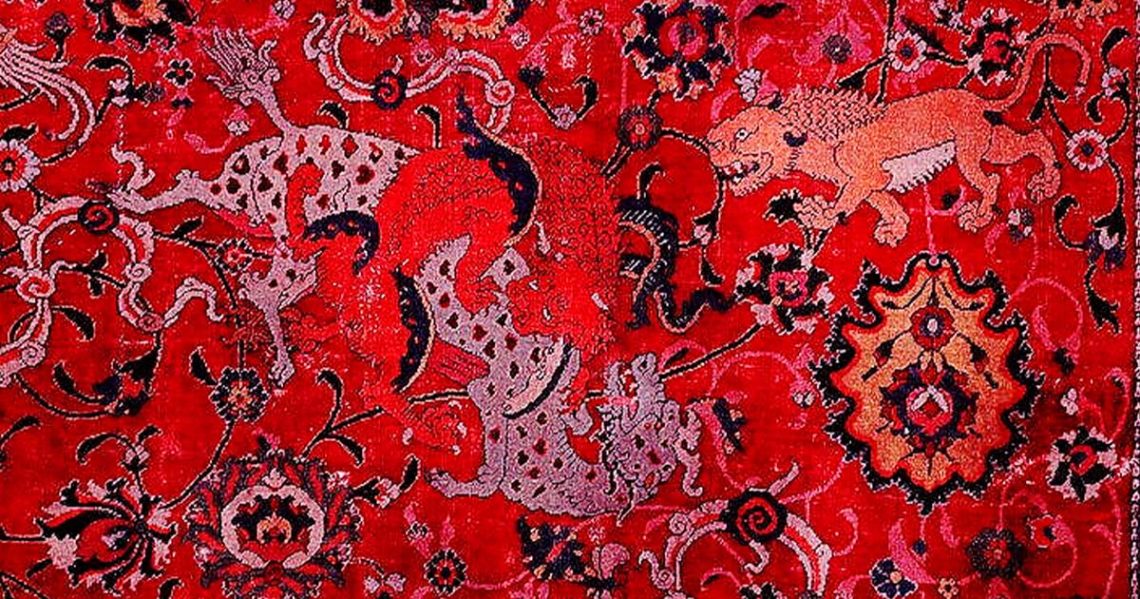Standing before The Emperor’s Carpet, a masterpiece of Persian artistry from the 16th century, we unveil its remarkable history. This exquisite creation likely emerged during the reign of Shah Tahmasp in Iran. Its journey took it north to Russia and then, by the 1700s, it graced the Hapsburgs in Vienna, gifted by none other than Peter the Great himself. Over the centuries, this carpet passed through various hands until finding its home at the Metropolitan Museum of Art in 1943. However, its fragility limited public viewings, with only two showings in 60 years. In 2006, a decision was made to embark on a meticulous conservation effort. Conservators delved into the fabric’s minutiae, inspecting fibers, dyes, and structural integrity. Though marred by over 660 patches, it became evident that this masterpiece was crafted for a special owner.
The layers of previous conservation efforts unveiled an intriguing past, documented through photography. Carefully removing 700 patches, conservators initiated a phase of stabilizing the carpet. Wool fabric, dyed to match the original colors, was employed to ensure perfect bonding between the new material and the carpet. Selvedges, the fabric edges, provided valuable insights into the carpet’s origins. After a monumental three-year project, the Emperor’s Carpet was finally unveiled in all its glory. Its rich colors and intricate patterns, featuring a forest of animals and scrolling arabesques, evoke a verdant world.
Top image: The Emperor’s Carpet. Source: The Metropolitan Museum of Art / Public Domain
